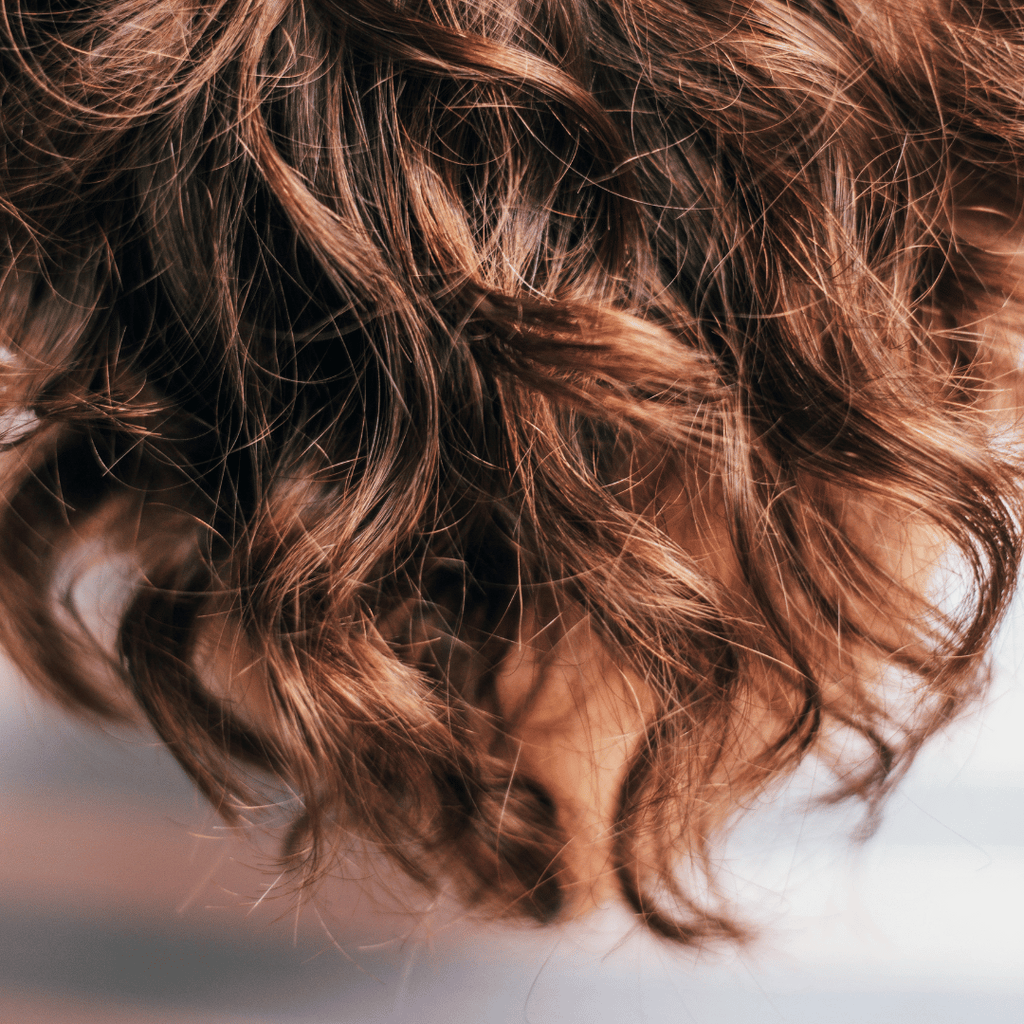We've all been there — standing in front of a mirror, dismayed, as we try to style our once-vibrant tresses that now resemble more of a frayed knot than a silky mane.
Hair damage is a common concern for many, often creeping up after years of seemingly innocuous routines.
It's a harsh realization that our hair, despite our wishes, can't withstand everything we throw its way. The telltale signs are there, but identifying the cause is the first step to solving your distressed hair.
What is hair damage?
Hair damage refers to the breaking down of hair's structure, leading to changes in its texture, sheen, and overall health. This breakdown occurs when the protective outer layer of the hair, known as the cuticle, becomes damaged or worn away. The cuticle shields the inner layers of the hair from environmental stressors, chemicals, and physical manipulation. When the cuticle is intact, hair appears smooth, lustrous, and is able to maintain moisture, which is essential for its elasticity and strength.
Once the cuticle is damaged, the core of the hair, known as the cortex, becomes vulnerable to dehydration and further damage. This exposure can lead to various negative effects such as dryness, increased porosity, brittleness, and a dull appearance - each altering the natural state and behavior of the hair.

What causes damage?
Hair damage can be attributed to various reasons, each contributing to the deterioration of hair health in its unique way. Different aspects of hair damage are often the result of specific factors. The structure of hair is complex, and its appearance, strength, and health depend on a range of environmental, chemical, physical, and biological aspects.
Environmental Factors: Hair damage from UV radiation, pollution, and extreme weather conditions primarily affects the outermost layer of the hair, the cuticle. UV exposure, for instance, can break down the keratin proteins that give hair its strength and elasticity, leading to dryness and brittleness. Similarly, pollutants can adhere to the hair, stripping away natural oils which maintain moisture and flexibility, resulting in damaged, lackluster hair.
Physical Factors: Styling practices such as brushing too harshly, excessive heat styling, and wearing tight hairstyles exert physical stress on the hair. These actions can cause mechanical wear and tear on the cuticle, stretching, and exposing the more vulnerable inner layers of the hair to damage. The heat from styling tools can evaporate the hair's natural moisture, leading to dry, brittle strands, while tension from tight hairstyles can cause breakage and, over time, potentially lead to traction alopecia.
Chemical Treatments and Products: Hair colour contain strong chemicals that modify the hair's natural structure to achieve a desired look. These treatments break the bonds in keratin (the hair’s primary protein), leading to changes in texture and elasticity. Over time, repeated chemical treatments can significantly weaken hair, making it prone to breakage and split ends. Even everyday products like aerosol sprays can contribute if they contain harsh or drying ingredients that strip hair of its natural oils.
Biological and Nutritional Factors: Internal factors like hormonal imbalances, nutritional deficiencies, and aging also play a crucial role in hair health. For instance, inadequate intake of vital nutrients such as proteins, vitamins, and minerals can weaken hair at the root, affecting its growth, texture, and resilience. Hormonal changes, particularly those associated with thyroid disorders or menopause, can alter hair density and texture, leading to thinning and damage.
Can damaged hair be repaired?
Once the hair's structure has been compromised, particularly the cuticle layer and keratin proteins, it cannot naturally regenerate or repair itself. Unlike other parts of the body, hair is not living tissue with the ability to heal; instead, it's composed of dead cells that, once damaged, can't revert to their original condition. This is why prevention and protective treatment are crucial in maintaining hair's health.
Although it's not possible to completely reverse damage, it's certainly feasible to improve the appearance of damaged hair and prevent future harm. Here are some strategies for treating damaged hair and safeguarding it against further damage:
Reduce Heat Styling: Minimizing the use of heat styling tools helps prevent the further weakening and breaking of hair strands. When heat styling is necessary, using a heat protectant spray can shield the hair from direct heat.
Gentler Hair Care: Switching to shampoos and conditioners that suit your specific hair and scalp needs can reduce the stripping of natural oils, keeping it more hydrated and less prone to damage.
Deep Conditioning Treatments: Frequent at-home hair mask can rejuvenate dry, lackluster locks, enhancing both the feel and look of your hair. Complementing these efforts with a professional in-salon treatment can provide an extra boost, further reinforcing and revitalizing your strands. These treatments are rich in beneficial ingredients which are essential for bolstering hair health.
Protect From Environmental Damage: Wearing hats or using UV-protectant hair products can shield hair from sun damage, while loosely tying hair up in windy conditions can prevent tangling and breakage.
Minimize Tight Styles: Using a wide-tooth comb and a detangling spray on wet hair instead of raking a brush through wet, tangled hair can reduce breakage. Similarly, avoiding tight hairstyles that repetitively pull on the hair can prevent tension damage.
Implementing these practices won't repair hair damage entirely, but they can significantly improve hair's appearance and texture while protecting it from further damage. By focusing on prevention and protective care, it's possible to maintain healthier, more resilient hair.

